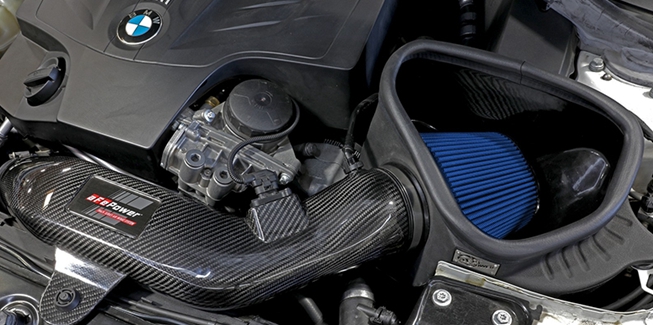Carbon Fiber Intake Manifold: A Lightweight Solution for Improving Engine Efficiency
A carbon fiber intake manifold is a key component in high-performance engines, responsible for efficiently directing air into the combustion chamber. Compared to traditional metal or plastic manifolds, carbon fiber’s lightweight, high-strength, and high-temperature resistance make it a top choice for racing and high-performance modified vehicles.
- Material Advantages
The carbon fiber intake manifold has a density of only 1.5-1.6 g/cm³, over 40% lighter than aluminum alloy (2.7 g/cm³), effectively reducing engine compartment weight. Furthermore, it boasts a tensile strength exceeding 500 MPa and can withstand temperatures exceeding 200°C, ensuring stable operation in turbocharged engines.
- Performance Improvement
Optimized Intake Efficiency: The smooth inner surface of carbon fiber reduces air turbulence and increases airflow velocity (measured flow rate increase of 5%-10%).
Thermal Insulation: Carbon fiber’s low thermal conductivity reduces intake air temperature rise (by 10-15°C compared to metal manifolds), improving combustion efficiency.
Faster Engine Response: The lightweight structure reduces inertia, enabling more sensitive throttle response, making it particularly suitable for high-rpm naturally aspirated engines.
- Applications and Challenges
Carbon fiber intake manifolds are commonly found in racing cars (such as F1 and WRC) and supercars (such as Koenigsegg and Bugatti). However, they are relatively expensive (approximately 3-5 times that of aluminum alloys) and require precision mold forming. Future developments in 3D printing carbon fiber technology are expected to reduce manufacturing costs, further expanding the civilian market.


